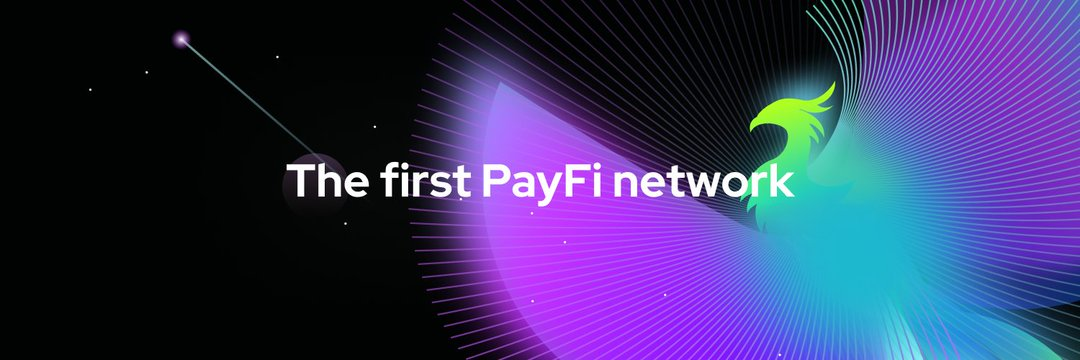In on-chain lending, risk pricing has always been a difficult problem. Compound and Aave use the most primitive method — over-collateralization, where you have to deposit $1000 worth of ETH to borrow $500. While this model is safe, it is extremely inefficient and directly excludes those without on-chain assets.
Later, projects like Goldfinch and Maple Finance emerged with 'on-chain credit loans', endorsing borrowers through off-chain investigations and partnerships, bringing some unsecured lending on-chain. However, it still relies on intermediaries, with slow risk control and closed data.
Huma Finance takes a completely different approach: it directly taps into cash flow itself, using income models instead of static assets as the basis for risk pricing. In other words, it doesn't care how many assets you hold; it cares about how much you can earn stably in the future.
This model already exists in traditional finance, such as salary loans, invoice financing, and installment payments, but all these rely on the closed data and manual approval of banks. Huma Finance brings this on-chain, using smart contracts to automatically complete cash flow modeling, default risk assessment, and fund disbursement, making the entire process transparent and verifiable.
The core advantages of this model are:
Extremely high capital utilization efficiency — no need to lock up large collateral, asset turnover increases several times.
Risk diversification — users with diversified income sources can significantly reduce default risk.
Cross-border availability — does not rely on local credit systems, any global income stream can be accessed.
Composability — can seamlessly integrate with other DeFi modules, such as yield aggregation and re-staking.
The comparison with projects like Goldfinch and Maple is very clear:
They are more like on-chain versions of Web2 finance, relying on intermediaries.
Huma is more like an on-chain version of 'Stripe Capital + FICO scoring system' combined, generating real-time credit models directly from on-chain data.
The potential of this model lies in the fact that it may redefine 'crypto identity' — in the future, a wallet address will not just be an asset storage but a dynamic cash flow profile, constantly affecting your borrowing capacity, insurance rates, and even staking yields on-chain.
If DeFi 1.0 relied on collateral, and DeFi 2.0 tried to lock up funds with liquidity incentives, then PayFi might be the beginning of DeFi 3.0: driven by credit and cash flow, with Huma Finance standing at this turning point.